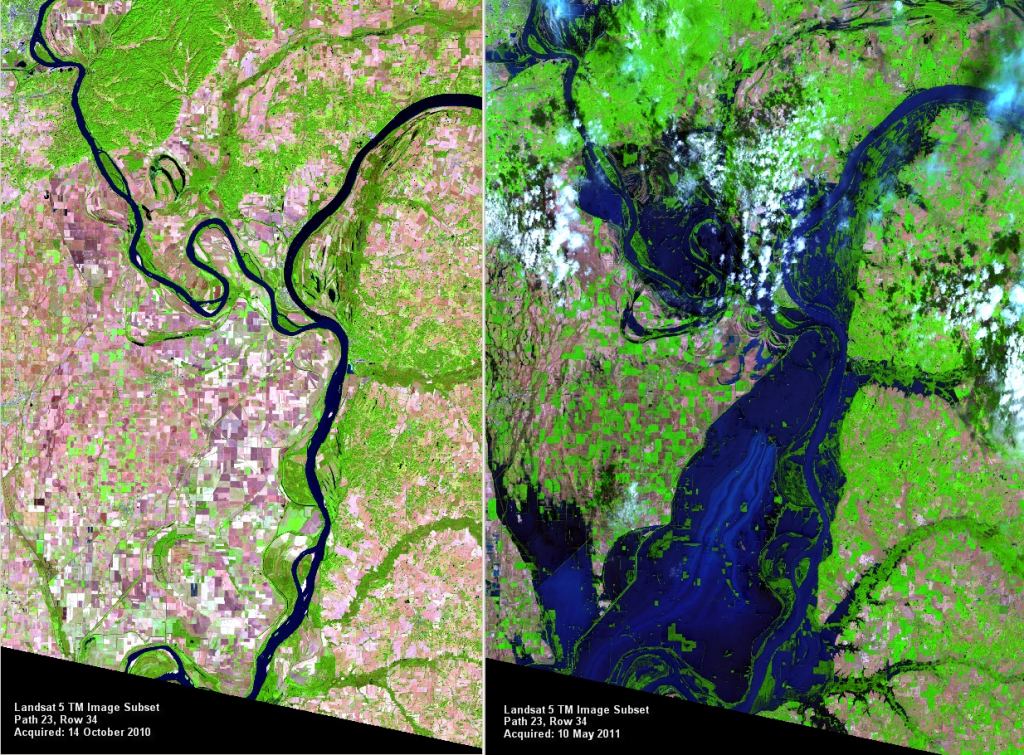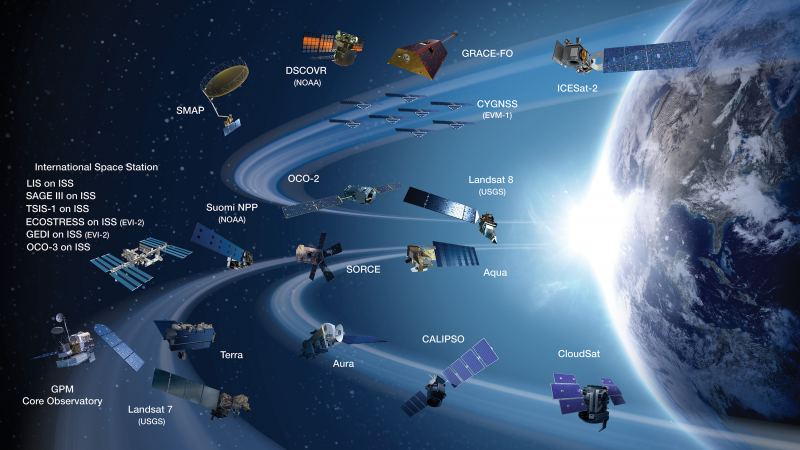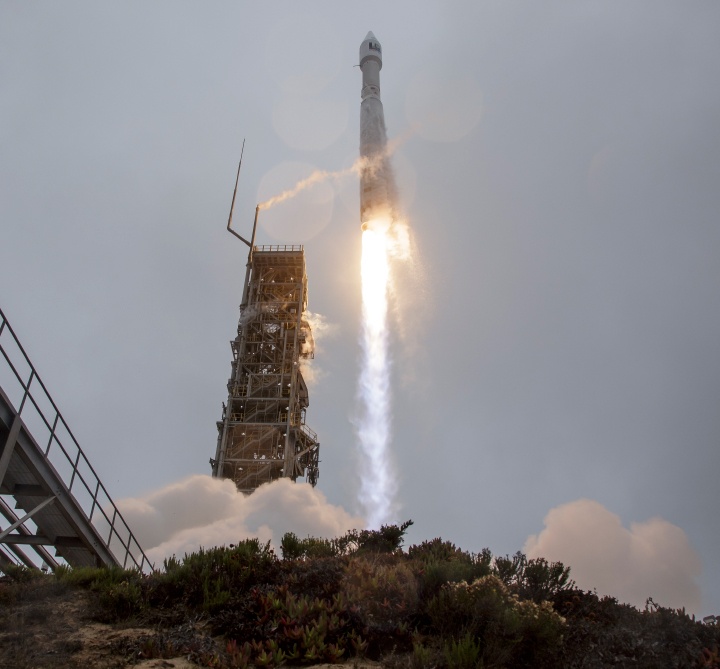Earth has a new eye in orbit to monitor our changing planet.
Landsat 9 launched on September 27, 2021 continuing the Landsat family of satellite’s nearly 50-year tradition of making critical observations to help with energy and water management, forest monitoring, human and environmental health, urban planning, disaster recovery and agriculture.
The mission launched from Vandenberg Space Force Base in California, on board an Atlas V rocket. The payload and booster reached orbit about 16 minutes after launch, and Landsat 9 separated from the rocket about an hour later, joining Landsat 8 – which has been in orbit since 2013 – along with the rest of NASA’s Earth-observing fleet.
Landsat is a joint mission between NASA and the U.S. Geological Survey (USGS). The first Landsat launched in 1972.
“The Landsat mission is like no other,” said Karen St. Germain, director of the Earth Science Division at NASA Headquarters. “For nearly 50 years, Landsat satellites observed our home planet, providing an unparalleled record of how its surface has changed over timescales from days to decades. Through this partnership with USGS, we’ve been able to provide continuous and timely data for users ranging from farmers to resource managers and scientists. This data can help us understand, predict, and plan for the future in a changing climate.”
Landsat 9 is now making its way to its final orbital altitude of 438 miles (705 kilometers). It will be in a near-polar, Sun-synchronous orbit.
Combining the power of both Landsat 8 and 9, the two satellites can now photograph the entire Earth every eight days. Scientists and researchers use the images to monitor phenomena including agricultural productivity, forest extent and health, water quality, coral reef habitat health, and glacier dynamics.
But anyone can look at or use the images, as Landsat data from over the years are available to view and download at this USGS website. You can also see other images of Earth from orbit at the NASA Earth Observatory website.

“[This] successful launch is a major milestone in the nearly 50-year joint partnership between USGS and NASA who, for decades, have partnered to collect valuable scientific information and use that data to shape policy with the utmost scientific integrity,” said Secretary of the Interior Deb Haaland. “As the impacts of the climate crisis intensify in the United States and across the globe, Landsat 9 will provide data and imagery to help make science-based decisions on key issues including water use, wildfire impacts, coral reef degradation, glacier and ice-shelf retreat, and tropical deforestation.”
Landsat 9 has two instruments on board: the Operational Land Imager 2 (OLI-2) and the Thermal Infrared Sensor 2 (TIRS-2). Working together, the two instruments can measure 11 wavelengths of light reflected or radiated off Earth’s surface, in the visible spectrum as well as other wavelengths beyond what our eyes can see. As the satellite orbits, these instruments will capture scenes across a swath of 115 miles (185 kilometers). Each pixel in these images represents an area about 98 feet (30 meters) across, about the size of a baseball infield. At that high a resolution, NASA says that resource managers will be able to identify most crop fields in the United States.

Further reading about the launch: NASA Earth Observatory, NASA blogs

